When Tata Capital Ltd. opened its Tata Capital IPO on October 6, 2025, the market watched like a packed stadium. The non‑banking finance firm, part of the sprawling Tata Group, priced its fresh issue between ₹310 and ₹326 per share – a band that seemed modest compared with its unlisted price of roughly ₹735. By the close of the final subscription day, October 8, the offering was fully subscribed, leaving investors to wonder whether the modest grey‑market premium (GMP) hinted at a lackluster debut.
Background: Tata Capital’s Road to the Market
Founded in the early 2000s, Tata Capital Ltd. has grown into one of India’s largest NBFCs, with a footprint spanning consumer loans, SME financing, and wealth management. Headquartered in Mumbai, the company recently completed a rights issue at ₹343 per share – still well above the IPO price band.
The decision to float shares came after the Tata Group’s holding arm, Tata Sons, and the multilateral lender International Finance Corporation opted to sell a combined 47.58 crore shares worth ₹15.51 billion. The offering split into a fresh issue of 21 crore shares (₹6.85 billion) and an offer‑for‑sale of 26.58 crore shares (₹8.67 billion).
Subscription Numbers: Who Bought What?
Day 1 saw a lukewarm response. BSE data at 2:15 p.m. recorded bids for 1.96 billion shares against the 3.33 billion on offer – a 0.39‑times subscription. Qualified Institutional Buyers (QIBs) took 45% of their quota, while retail investors (RIIs) and non‑institutional investors (NIIs) hovered around the 40% mark.
On Day 2, appetite picked up. By 11:23 a.m., total bids rose to over 2.4 billion shares, nudging the overall subscription to about 0.75 times. The employee portion alone booked a striking 147%, suggesting internal confidence.
Finally, on the Wednesday finale, the IPO surged to 1.38 times overall subscription at 1:36 p.m. QIBs led the charge, over‑subscribing their slice more than 2.2 times. The rapid fill‑up within a few hours stunned many analysts who had pegged demand as tepid.
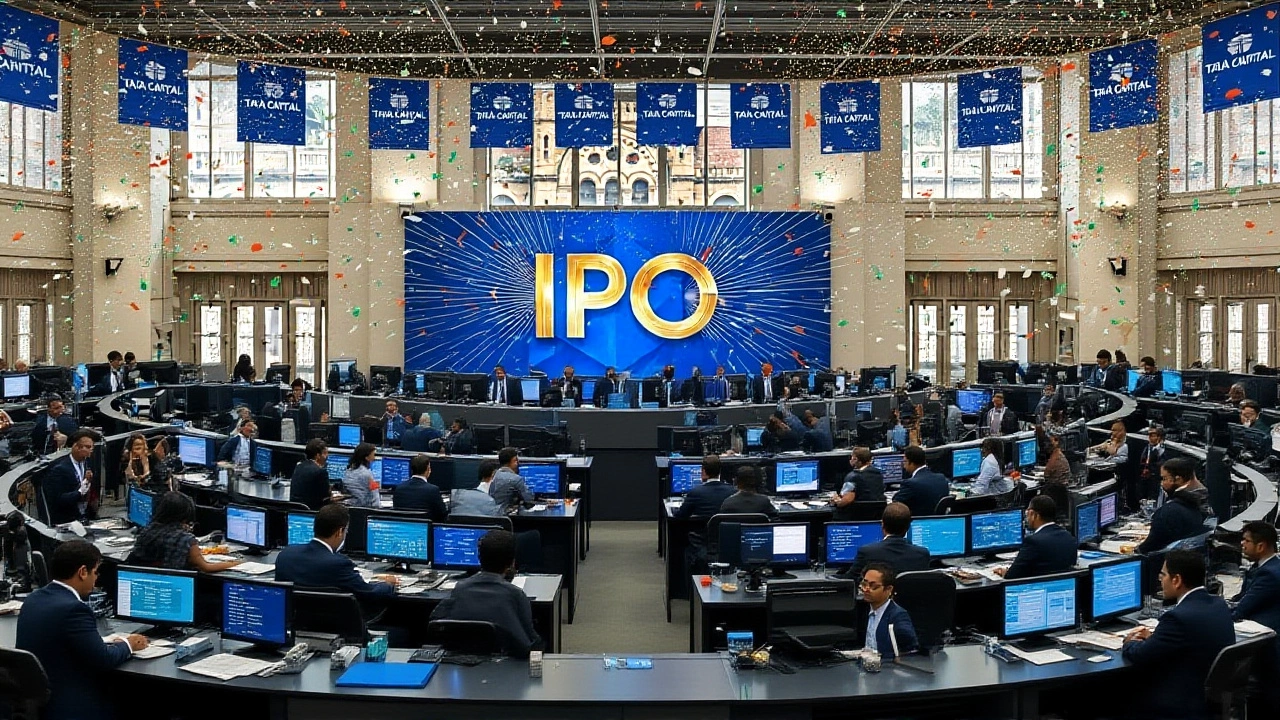
Grey Market Premium: The Market’s Whisper
Grey‑market traders initially pegged the premium at a lofty ₹20 per share on October 2, which would have translated into a 6% listing gain. By the morning of October 7, the GMP had slipped to ₹12.5, implying a modest 3.8% upside over the upper band. The downward trend continued, reaching ₹7 by 1:00 p.m. on the final day – a 2.15% premium at best.
InvestorGain quoted the latest GMP at ₹12.5, suggesting a potential listing price of ₹338.5, while NDTV Profit reminded readers that GMP is speculative, not official.
In short, the GMP trajectory painted a picture of cautious optimism rather than a buying frenzy.
Analyst Takeaways and Valuation Lens
At the top of the price band, Tata Capital’s price‑to‑book ratio sits around 4.2‑4.3 times, aligning with peers like Bajaj Finance and HDB Financial Services. Some market watchers argue that this similarity limits any short‑term upside, especially given the IPO’s price band was roughly 55% lower than the ₹735 unlisted market price.
Nonetheless, a faction of analysts championed the issue for the long haul. They point to the company’s diversified loan portfolio, strong digital platforms, and the Tata brand’s credibility. Conversely, critics warned that the discount might signal an over‑valuation, cautioning retail investors who bought unlisted shares at much higher levels.
- Fresh issue size: 21 crore shares (₹6.85 billion)
- OFS size: 26.58 crore shares (₹8.67 billion)
- Total valuation at ₹326 per share: roughly ₹4.2‑4.3 times book
- Final subscription: 1.38 times overall, QIBs >2.2 times
- GMP on listing day: ₹7‑₹12.5 per share
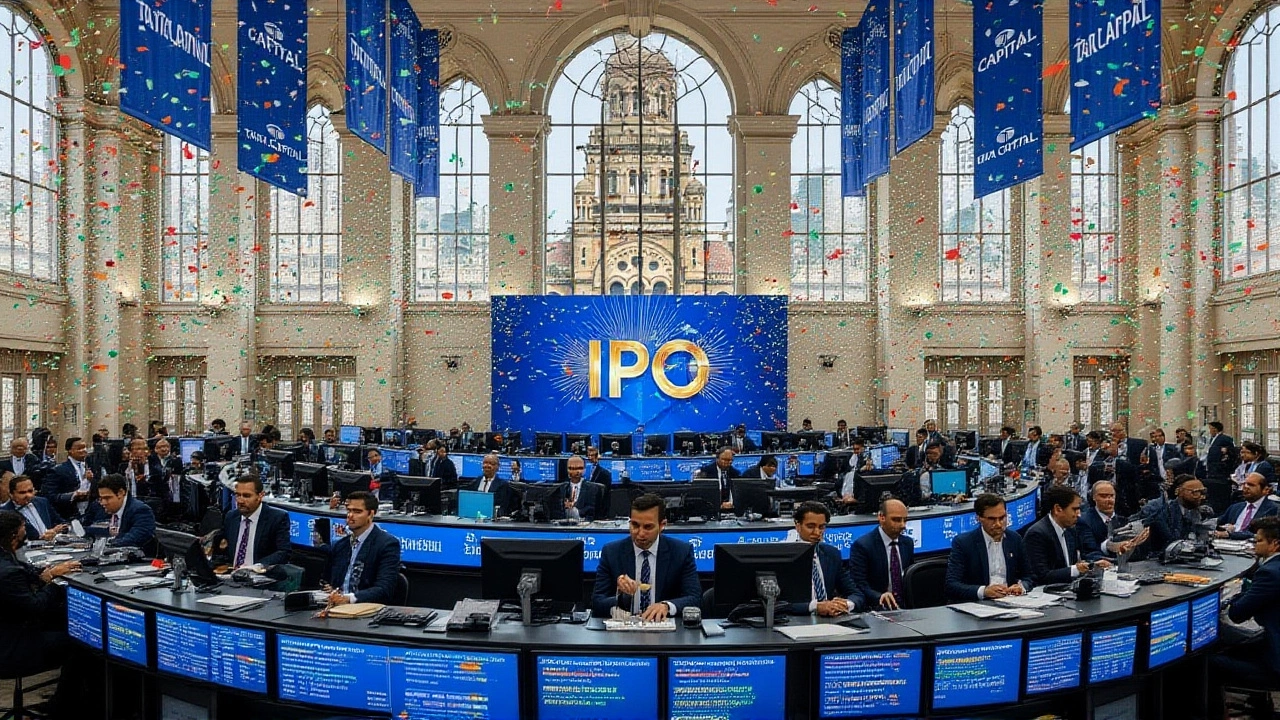
What Comes Next? Timeline and Market Impact
The IPO closes on October 8, with allotments slated for October 9. Shares are expected to debut on the Bombay Stock Exchange and National Stock Exchange on Monday, October 13, 2025. If the muted GMP translates into a modest listing premium, the market could view the float as a baseline for future capital raises rather than a headline‑grabbing success.
Investors will also keep an eye on how the fresh capital gets allocated – whether toward expanding digital lending, bolstering the retail loan arm, or shoring up balance‑sheet strength. For the Tata Group, the listing offers a fresh equity foothold while still retaining majority control through Tata Sons.
Frequently Asked Questions
How does the Tata Capital IPO affect retail investors who held unlisted shares?
Retail investors who bought unlisted shares at around ₹735 now see a stark discount – the IPO price band is ₹310‑₹326. While the listing offers liquidity, many will likely incur a paper loss unless the share price rallies above the IPO range after debut.
What led to the decline in the grey‑market premium during the subscription period?
The GMP slid from ₹20 to ₹7 as institutional demand tempered and investors reassessed the valuation gap between the IPO price and the much higher unlisted market price. Lower‑than‑expected subscription rates on Day 1 and Day 2 also dampened speculative optimism.
Why did Tata Sons and the IFC decide to sell such a large portion of their holdings?
Both shareholders aimed to monetize a part of their stake, raise fresh capital for the company, and broaden the shareholder base. For the IFC, the sale aligns with its strategy to gradually exit mature investments while still supporting growth.
What are analysts saying about the IPO’s price‑to‑book multiple?
They note that a 4.2‑4.3 times book ratio mirrors peers like Bajaj Finance, suggesting limited upside unless Tata Capital can outpace industry growth. Some view the multiple as fair given the company’s strong digital push; others see it as a ceiling on short‑term returns.
When will the shares start trading and what could influence the opening price?
Trading begins on Monday, October 13, 2025, on both BSE and NSE. The opening price will likely hinge on the final GMP, overall market sentiment, and how quickly institutional investors snap up the newly listed shares.
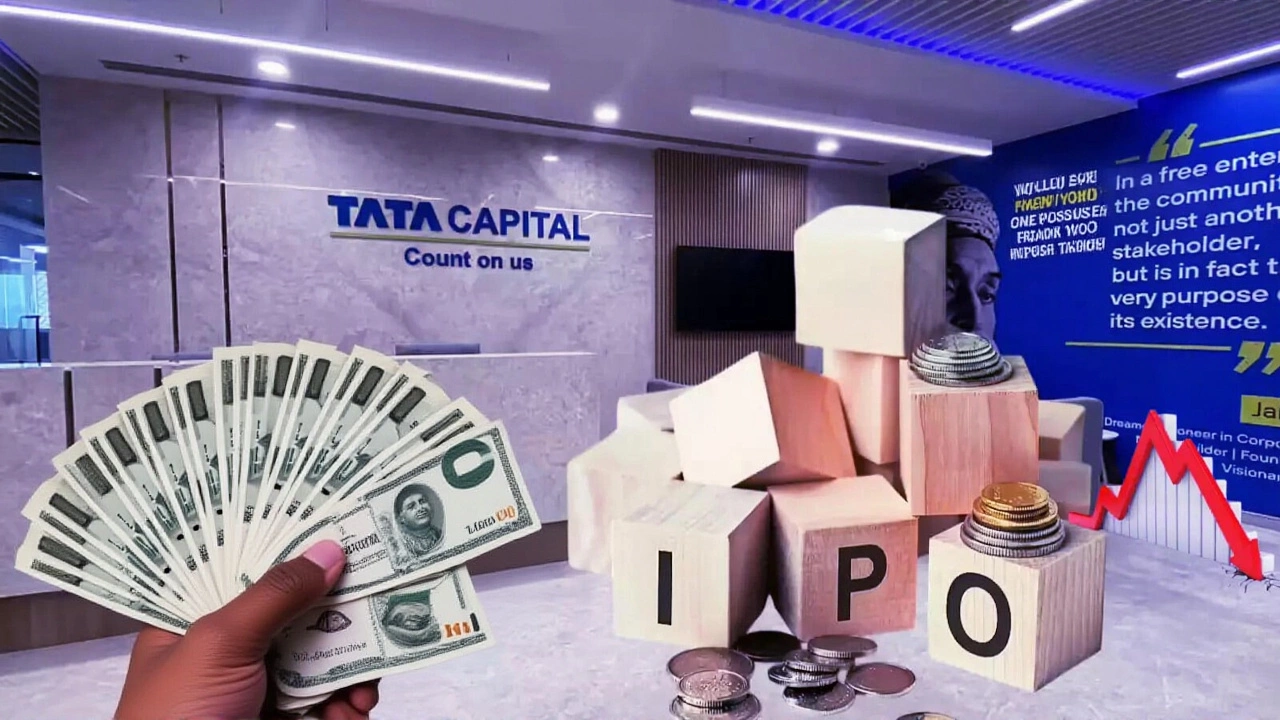

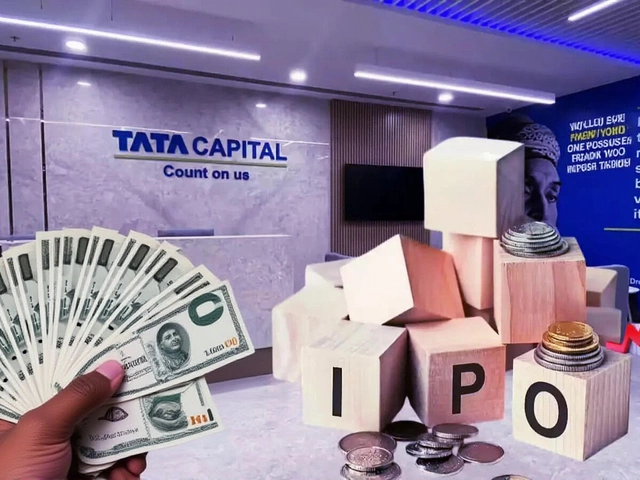



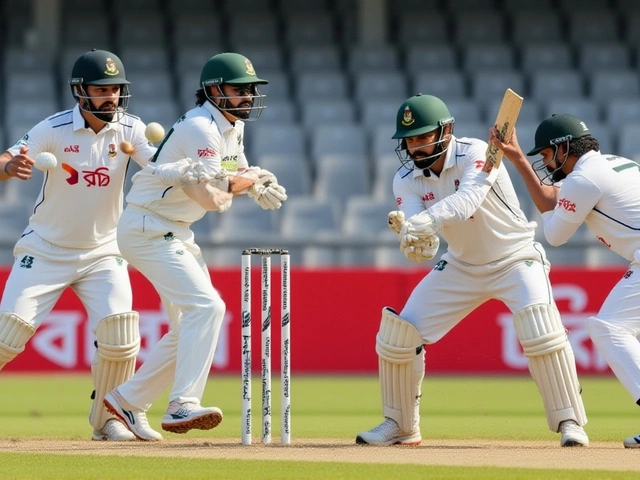

Write a comment